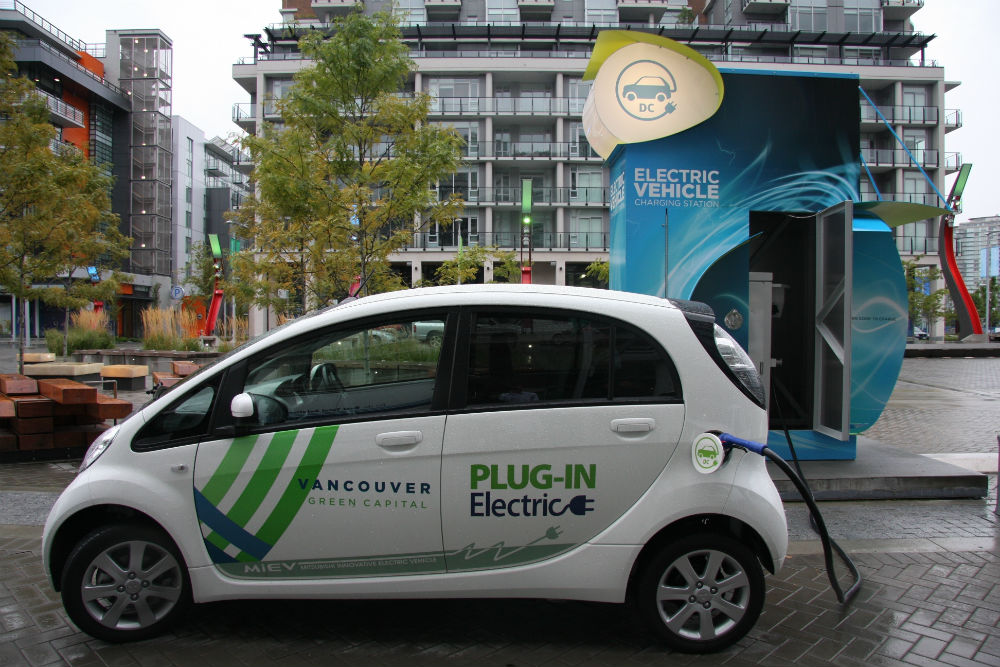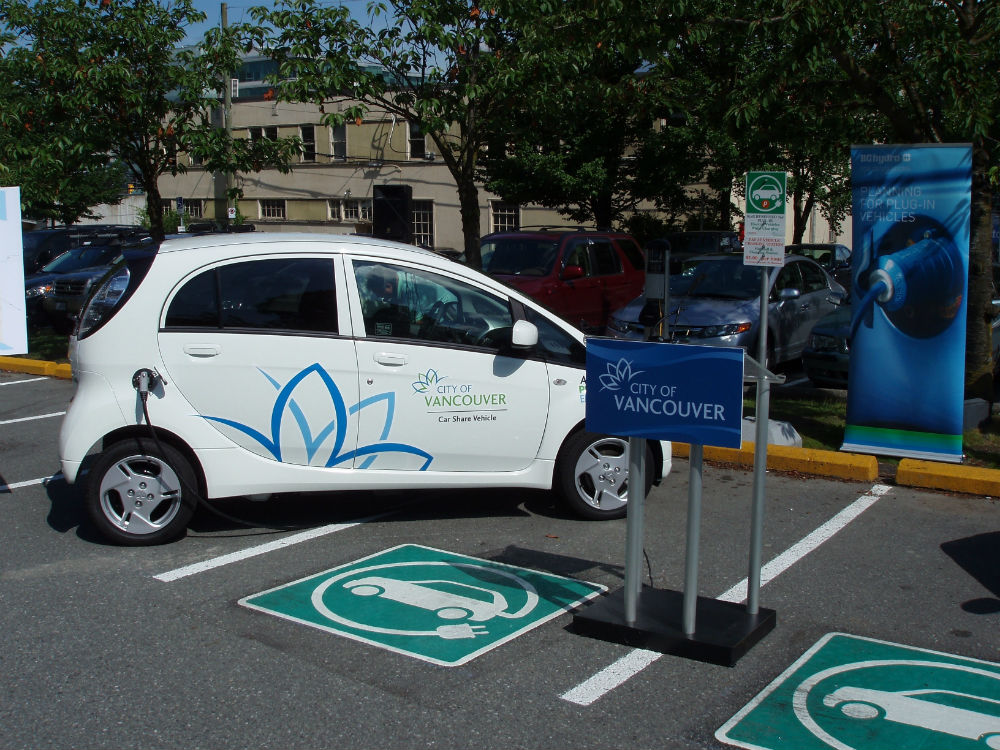The City of Vancouver’s green transportation solution
Coordinated by Rebecca Spring, WWF-Canada’s Manager of Sustainable Transportation. Written by Julie Stauffer.
In most Canadian cities, vehicles are the second biggest source of carbon emissions. So when the City of Vancouver set aggressive goals for reducing its carbon footprint, municipal leaders knew that green transportation had to be a big part of the solution.
They promoted public transit. They installed cycling infrastructure and made the city more walkable. But they also recognized that some trips require a car. That’s why they incorporated 17 electric cars in the City’s municipal fleet. By the end of 2013 that number will grow to 34, making more than 15 per cent of the fleet fully electric.

According to Deputy City Manager Sadhu Johnston, it’s all about showing leadership. “If we can drive a vehicle using electricity, it’s much better for the environment from a carbon perspective and it’s better for air quality in the city,” he explains.
As Fleet Supervisor for the Vancouver Board of Parks & Recreation, Tom Muirhead has noticed other benefits of going electric. “We are able to improve the safety of patrons in our ice arena and make our parks more enjoyable for our visitors by reducing noise levels,” he says.
Adding electric vehicles was a smooth process, says Johnston. With a little experimentation, they identified what jobs were best suited for EVs in their fleet. A brief orientation program ensured drivers knew how to operate them, and the City fleet maintenance staff received special training.
And while the sticker price on an electric vehicle may be higher than its gasoline-fuelled counterpart, the electricity costs work out to a mere fraction of your typical fuel bill. “Over the life of the vehicle, we are saving money,” Johnston says.

Today you’ll see parking enforcement officers and building inspectors zipping around town in an i-MiEV or Nissan Leaf. Meanwhile, the electric vehicles in the shared car pool are always the first to be signed out.
For corporate or municipal managers looking to make their fleets greener, Johnston recommends adding electric vehicles incrementally and installing chargers at the same time. The bottom line? “Do it,” he says. “The employees really appreciate it and the public really appreciates it.”
